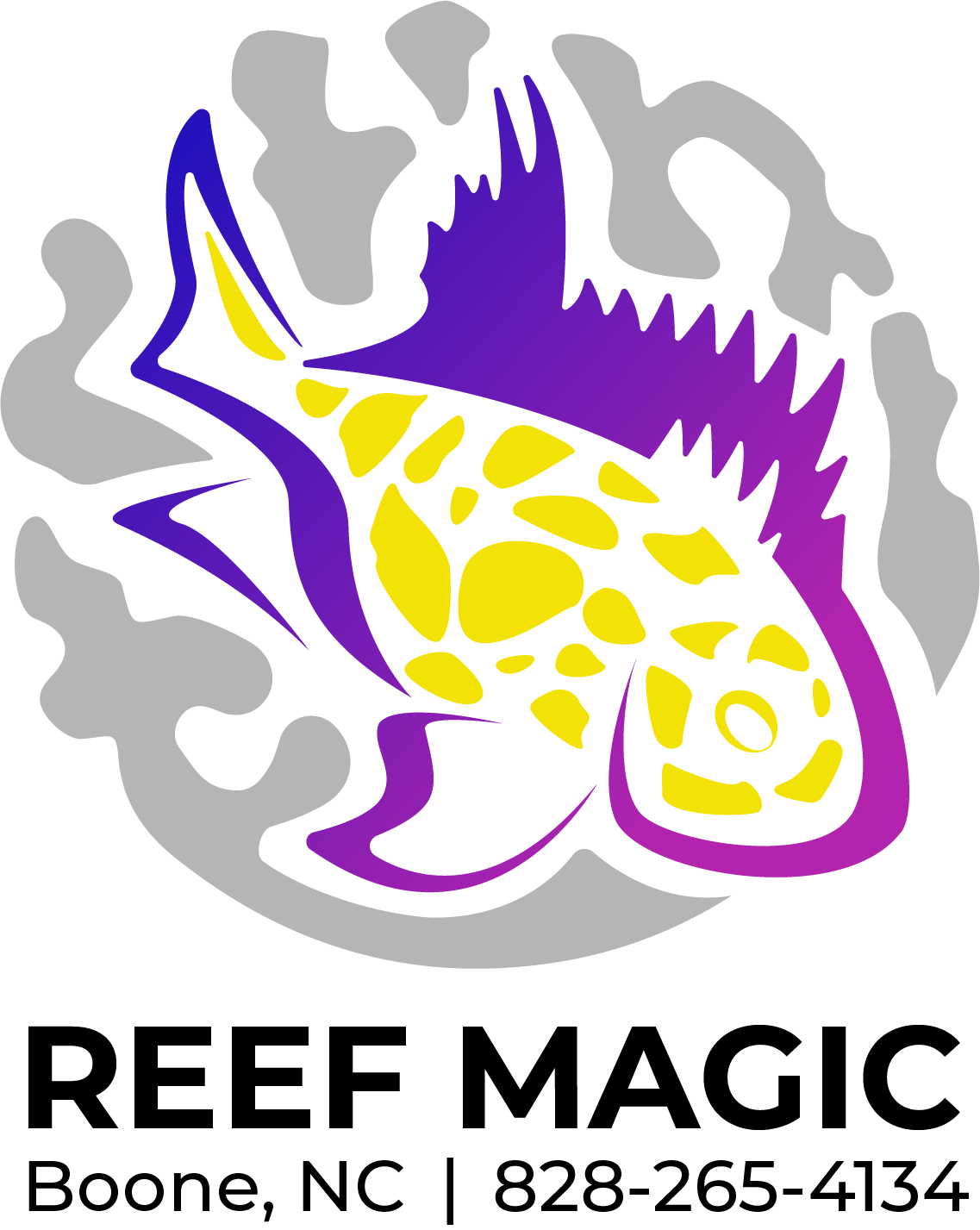 Image 1 of 1
Image 1 of 1


Cleaner Wrasse
Cleaner wrasses are small, colorful fish known for their symbiotic relationship with other fish, where they remove parasites and dead skin from their clients. If you're considering keeping cleaner wrasses in your aquarium, here's a care guide to help you provide a suitable environment for them:
1. Aquarium Setup:
Size: A minimum tank size of 30 gallons is recommended for a single cleaner wrasse.
Substrate: Use a sandy substrate to mimic their natural environment, as cleaner wrasses like to bury themselves at night.
Rocks and hiding places: Provide rocks and crevices for hiding, as well as open swimming spaces.
2. Water Parameters:
Temperature: Keep the water temperature between 75°F to 82°F (24°C to 28°C).
pH Level: Maintain a pH level between 8.1 and 8.4.
Salinity: Cleaner wrasses thrive in saltwater aquariums with a specific gravity of 1.020 to 1.025.
3. Filtration:
Use a high-quality filtration system to maintain water quality. Protein skimmers are particularly beneficial in removing organic waste.
4. Tank Mates:
Cleaner wrasses are generally peaceful, but they can be aggressive toward their own kind. It's recommended to keep only one cleaner wrasse per tank.
Choose tank mates carefully. Avoid aggressive or territorial species that may harm the cleaner wrasse.
5. Feeding:
Cleaner wrasses primarily feed on parasites and dead skin in the wild. In captivity, they may not get enough natural sources of parasites, so it's essential to supplement their diet.
Offer a varied diet including high-quality flake or pellet food, frozen foods like brine shrimp and mysis shrimp, and live foods if possible.
Some hobbyists also train cleaner wrasses to accept small meaty items like finely chopped fish and shrimp.
6. Lighting:
Provide a lighting system that mimics their natural environment, with a 12-hour light cycle.
7. Behavior and Social Structure:
Cleaner wrasses are social fish that engage in cleaning behaviors. If there are no other fish in the tank for them to clean, they may lose this natural behavior.
Monitor their interactions with tank mates to ensure they are not stressed or harassed.
8. Acclimation:
Cleaner wrasses can be sensitive to changes in water conditions. Proper acclimation is crucial when introducing them to a new tank.
9. Disease Prevention:
Quarantine new fish before adding them to the main tank to prevent the introduction of diseases.
10. Regular Maintenance:
Conduct regular water changes and monitor water parameters to maintain a healthy environment.
Remember that cleaner wrasses have unique dietary and social needs, so it's crucial to do thorough research and provide proper care to ensure their well-being in captivity.
Cleaner wrasses are small, colorful fish known for their symbiotic relationship with other fish, where they remove parasites and dead skin from their clients. If you're considering keeping cleaner wrasses in your aquarium, here's a care guide to help you provide a suitable environment for them:
1. Aquarium Setup:
Size: A minimum tank size of 30 gallons is recommended for a single cleaner wrasse.
Substrate: Use a sandy substrate to mimic their natural environment, as cleaner wrasses like to bury themselves at night.
Rocks and hiding places: Provide rocks and crevices for hiding, as well as open swimming spaces.
2. Water Parameters:
Temperature: Keep the water temperature between 75°F to 82°F (24°C to 28°C).
pH Level: Maintain a pH level between 8.1 and 8.4.
Salinity: Cleaner wrasses thrive in saltwater aquariums with a specific gravity of 1.020 to 1.025.
3. Filtration:
Use a high-quality filtration system to maintain water quality. Protein skimmers are particularly beneficial in removing organic waste.
4. Tank Mates:
Cleaner wrasses are generally peaceful, but they can be aggressive toward their own kind. It's recommended to keep only one cleaner wrasse per tank.
Choose tank mates carefully. Avoid aggressive or territorial species that may harm the cleaner wrasse.
5. Feeding:
Cleaner wrasses primarily feed on parasites and dead skin in the wild. In captivity, they may not get enough natural sources of parasites, so it's essential to supplement their diet.
Offer a varied diet including high-quality flake or pellet food, frozen foods like brine shrimp and mysis shrimp, and live foods if possible.
Some hobbyists also train cleaner wrasses to accept small meaty items like finely chopped fish and shrimp.
6. Lighting:
Provide a lighting system that mimics their natural environment, with a 12-hour light cycle.
7. Behavior and Social Structure:
Cleaner wrasses are social fish that engage in cleaning behaviors. If there are no other fish in the tank for them to clean, they may lose this natural behavior.
Monitor their interactions with tank mates to ensure they are not stressed or harassed.
8. Acclimation:
Cleaner wrasses can be sensitive to changes in water conditions. Proper acclimation is crucial when introducing them to a new tank.
9. Disease Prevention:
Quarantine new fish before adding them to the main tank to prevent the introduction of diseases.
10. Regular Maintenance:
Conduct regular water changes and monitor water parameters to maintain a healthy environment.
Remember that cleaner wrasses have unique dietary and social needs, so it's crucial to do thorough research and provide proper care to ensure their well-being in captivity.



